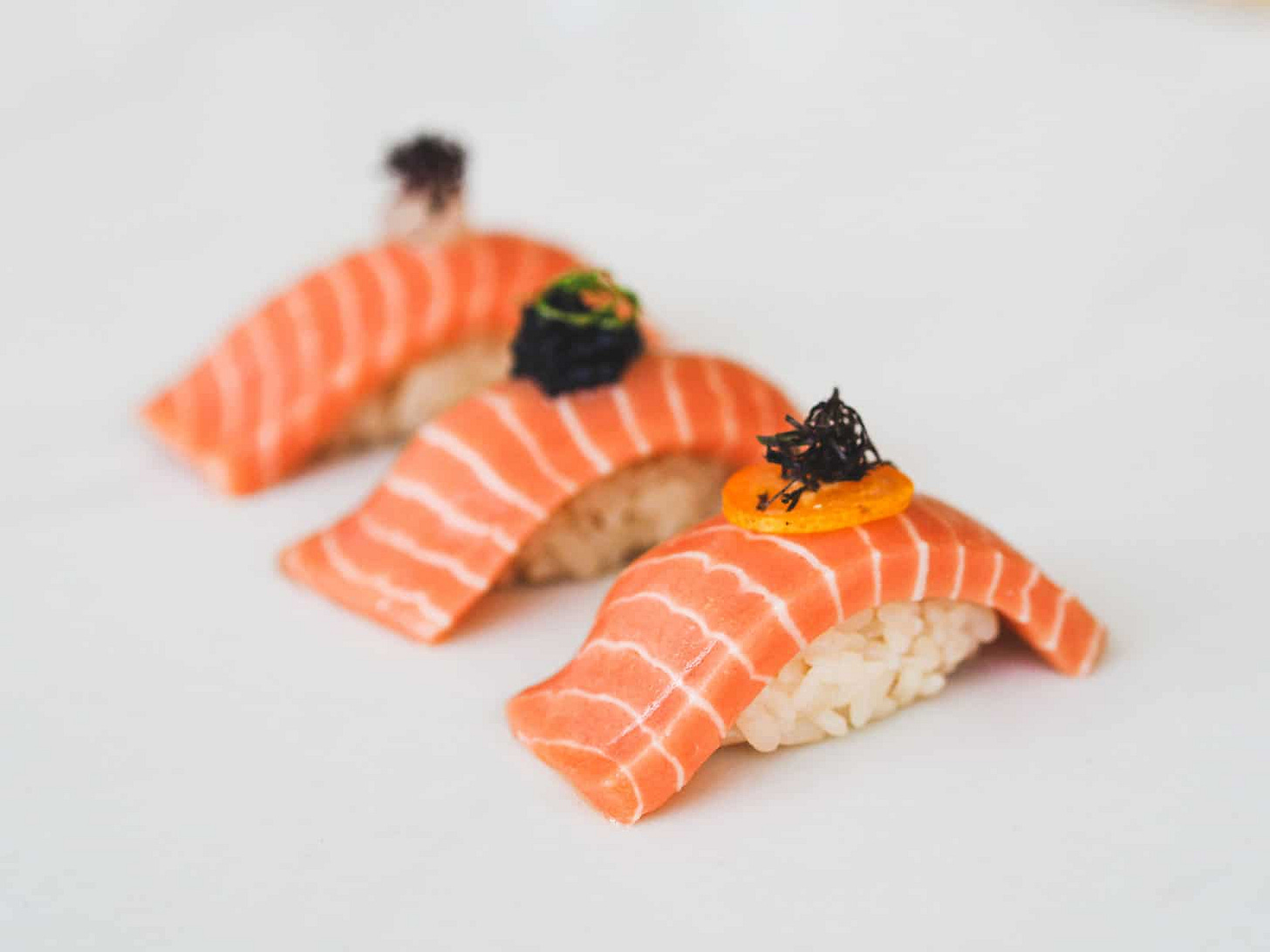We'll have to eat less meat in the future
Thoughts on the future of food.
There is more livestock on Earth than there are wild mammals.
There are also double the number of birds raised for poultry than there are wild birds.
As the tally goes: humans make up about 1/3rd of the earth’s biomass, livestock makes up the other 2/3rds, and wild mammals only make up a small silver of that—about 4% of the earth’s biomass.
Because we eat so many animals, there is no reasonable way to grow them all on farms, so we grow 99% of farmed animals in factories (called CAFOs)—that’s 70.4% of cows, 99% of chickens, 98.3% of pigs, and 99.8% of turkeys.
Similarly, 49% of the fish we eat is farmed. And that’s on its way up.
To meet demand increasing demand for pork, the Chinese are even building a 26-story skyscraper that will raise and kill 1.2 million pigs annually. When it’s up and running it will be the largest factory farm in the world. In a skyscraper, no less.
It’s more productive to grow meat this way. Still, almost half of our habitable land is used for producing food with 77% of that used for producing livestock.
And 70% of our withdrawn freshwater is used for agriculture, with 41% of that used for livestock.
Not only does livestock use a large share of our land and water resources, but globally livestock accounts for 18% of greenhouse gas emissions.
Theoretically, meat can be grown in a lab without all the land use, water use, gas emissions, and factory farming. And maybe that’s one solution.
In the US, Believer Meats is building the biggest cultivated meat factory in the world—it will produce 22 million pounds of cultivated meat each year—all muscles that are grown in a lab, not on an animal. One lab in Japan has even 3D-printed lab-grown wagyu beef.
Similarly, Wildtype Foods can grow sushi-grade salmon without the fish. In Europe, Bluu Biosciences is doing the same. In 2021, BlueNalu raised $60 million to grow Bluefin Tuna—the most expensive sushi-grade fish on the market. Singapore’s UmamiMeats is even cultivating Japanese eel—an endangered species that can no longer be fished.
But our quest to make more meat fails to take into account that meat consumption isn’t necessarily the best thing for us. It has been linked to increased mortality rates of all causes.
It’s not that eating meat is particularly unhealthy—as you can see from that chart, eating up to 20 grams per day decreases the risk of mortality of all causes—but the richer countries get, the more meat they eat. And that increases our risk of mortality exponentially. Now, many people on earth are eating far more meat than they should be—most of the world eats more than 165 grams of meat every day.
Maybe a better solution would be to eat plants instead. If the whole world switched to a plant-based diet, we would reduce the land used for agriculture by 75% and we would decrease greenhouse gas emissions by 28%—“the equivalent of India going carbon neutral.” And 8 million fewer people would die each year from all the things that eating meat causes.
And we could still get enough protein by making plants that are more protein-rich—like Mycorena does. The company’s Promyc product is a vegan mycoprotein produced through fermentation. Solar Foods also makes Solein—it’s not a plant or an animal, but a protein grown from the air we breathe. It can be dissolved into any food.
If we could make more protein-rich pasta and rice and corn tortillas, we wouldn’t have to eat fake meat or cellular-grown meat at all. If the staple grains that predominately make up our diets were rich enough in protein and iron to healthfully sustain the human race, we could slowly start to kill the meat industry, and that would be better for humans and animals and the environment.
Maybe in the future animals will be wild and humans will eat plants. And maybe that will be the future of food.
But I’m curious what you think:
Thank you so much for reading,
P.S. This is a one-off post I was interested in researching about the food industry. Next week I’ll be digging into my government vs. capitalism series. Can’t wait to think through that with you!















You really put it all together here. I was an attorney for the Ohio EPA, and I can tell you they are the stuff nightmares are made of—not just taking up massive amounts of land space as you point out, but polluting the air (as you noted), and the surrounding land and water. Factory farms take up a huge part of Agency regulatory time. Thanks for the work you put into this piece!
Elle, you have touched upon a topic quite close to my heart. I became vegetarian a long time ago, when two things happened: someone close to me had a heart attack at age 50 (diet-related onset) and another friend two decades older than me had become vegetarian due to health issues and within six months her skin had transformed (beautiful!) and she rarely got sick anymore (neither of which I was able to claim at the time). I had also been reading about the relationship of livestock-raising to people displacement, which then created regional conflicts and, ultimately, pressed upon issues of global security.
Okay, so, years later, I care more than ever about this issue, now because of climate *and* human health. We have a lot of problems to solve! There is the slow work of helping people change by helping them find success with a different food lifestyle (sometimes I spend my time doing that in ways like this: https://poeticearthmonth.com/category/poetry-on-the-menu/ ) but there is also the fast work that you suggest here, which is changing how we "make" food. I went to Seth Godin's kickoff book signing of The Carbon Almanac and met a woman there who is working on the meat question, from a lab perspective, with a large company that is now providing lab-grown meat (I believe first in Asia). It was fascinating to me that she herself was vegan, but she didn't seem to mind getting meat to people, from lab to table. I asked her about the health implications of lab-grown meat. She couldn't (or wouldn't?) comment on that. It's a question I also have about hydroponics, though less so.
It starts to become: which problem is more pressing? Climate seems top. But human health, nutritionally, can't be far behind. I would love to see people change from the inside-out. Choose differently, foodwise. Become healthier, look their best with less effort, decrease the sacrifice of life in exchange for life. That's my ideal.
Have you read 'Eating on the Wild Side'? You might like the concept and the benefits. And it doesn't cost $150,000 to begin. :) (Albeit, then we might need to solve the "pristine lawn" problem. :)